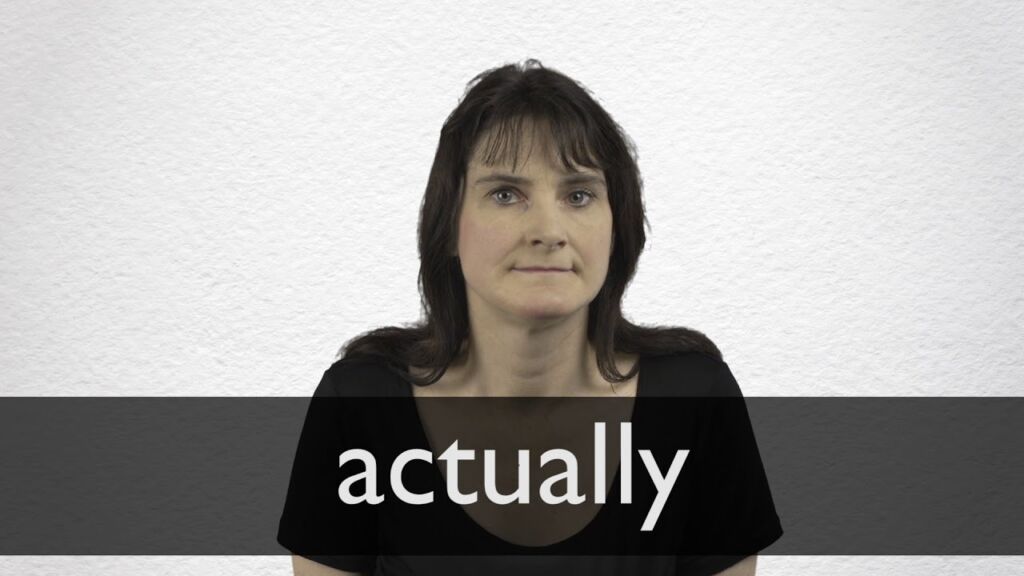Improve your sales language
As a high tech B2B company, your first meeting with a potential customer is crucial. This is the opportunity to make a good impression, establish trust, and ultimately close a deal. However, certain words can sabotage your chances of success. In this article, we will discuss seven words that you should never use during your first meeting with a customer or when speaking to a customer in general. Avoiding the use of poor sales language can make your conversations with customers more precise, efficient and effective.
1. “Can’t” should not exist in your sales language
Using the word “can’t” can create a negative impression and make it seem like you are not willing to find a solution. Instead, focus on what you can do and offer alternatives. For example, if a customer asks for a feature that your product doesn’t currently have, say “We don’t have that feature yet, but we can explore adding it in the future.” This shows that you are open to feedback and willing to improve your product.
Alternatively, if a customer asks for a discount that you can’t offer, say “We understand you were hoping for a discount, and while we’re not able to provide that at this time, we’d be delighted to offer you additional services or features that could make your experience even better, all at no extra cost.”
2. “Cheap”
While you may be proud of offering an affordable product, using the word “cheap” can have negative connotations. It can imply that your product is of low quality or that you cut corners to keep costs down. Instead, focus on the value that your product provides and highlight its unique features.

“Affordable”, “inexpensive” and “budget friendly” are all better than using the word “cheap”
For example, if you offer a low-priced solution, emphasize how it can be an affordable solution while being as efficient as costlier solutions. Emphasize the value: Just because a technology solution is low-priced doesn’t mean it is low quality. Emphasize the value that your solution provides, including its features, functionality, and benefits.
3. “Um”
Using filler words such as “um” or “uh” can make you appear unprepared or unsure of yourself. This can be especially detrimental in a high-tech B2B context where customers expect you to be knowledgeable and confident about your product or service. Practice your pitch beforehand and eliminate these filler words from your vocabulary. It’s important to speak confidently and clearly to convey your message effectively.
4. “Just”
Using the word “just” can make your product or service seem insignificant. For example, saying “We’re just a small startup” can make it seem like you lack confidence in your company’s capabilities. Instead, focus on the strengths of your company and highlight what makes you unique.
Instead of “just”, you could say “While we may be a small startup, we have a specialized team of experts with decades of experience in the industry who are dedicated to providing the best possible solution for our customers.”
5. “Obviously”
Using the word “obviously” can be condescending and make it seem like you are talking down to the customer. It’s important to assume that the customer may not know everything about your product or industry. Instead, explain your product or service in clear and simple terms, and be open to answering any questions they may have.

“Duh” (or “obviously”) is one of seven words you shouldn’t use with a a customer
If you are explaining a complex technology solution, break it down into simple steps and provide real-world examples of how it can benefit the customer’s business.
6. “Actually”
Using the word “actually” can be interpreted as correcting the customer or contradicting what they said. This can create a negative impression and make it seem like you are not listening to their needs. Instead, listen attentively to their questions and concerns and offer solutions that address their specific needs.

“Actually” isn’t a good use of sales language. It my imply contradiction or correcting the customer.
For example, if a customer asks for a specific feature that your product doesn’t currently have, don’t say “Actually, we don’t offer that feature.” Instead, say “That’s a great suggestion, we don’t currently have that feature but we can explore adding it in the future. In the meantime, we have a similar feature that may be of interest to you.”
7. “I’m sorry you feel that way.”
If you make a mistake you should apologize in the correct way. While someone who says “I’m sorry you feel that way” may mean well, but it can come off as condescending. When this is said it can mean, “The feeling you have is incorrect and out of my control.” When maintaining good relationships with customers, understanding their needs is essential. Your apologies should take ownership of the mistake made and validate their feelings.
For example, If your company sends out a product later than expected to a new customer and they express that they are upset you could say, “I apologize for not getting the product to you within the expected time frame, I see how this could be frustrating.”
It’s important to be polite and respectful. You should apologize when you make a mistake, but apologizing too much can make you appear weak and unsure of yourself. This is especially true if you apologize for things that are out of your control, such as traffic or weather. However, if you made a mistake that affected the customer, it’s important to acknowledge it and take responsibility.
Other Tips to improve sales language
In addition to avoiding these specific words, it’s important to approach the first meeting with a customer with a positive attitude and a focus on building a relationship. The way you use sales language with a customer can be pivotal to your success. Show interest in the customer’s business and ask questions to understand their needs and pain points. Tailor your pitch to address their specific concerns and show how your product or service can provide value to their business.
It’s also important to be transparent and honest about what your product or service can and cannot do. Avoid overselling or making promises that you cannot keep. Building trust with your customers is essential for establishing a long-term relationship and ensuring customer satisfaction.
Conclusion
The sales language you use during your first meeting with a customer can have a significant impact on the impression you make and the success of the meeting.
By avoiding these seven words and approaching the meeting with a positive attitude and a focus on building a relationship, you can improve your sales language, increase the chances of a successful outcome and lay the foundation for a long-term customer relationship. Remember to be transparent and honest about your product or service and to tailor your pitch to address the customer’s specific needs and concerns.
